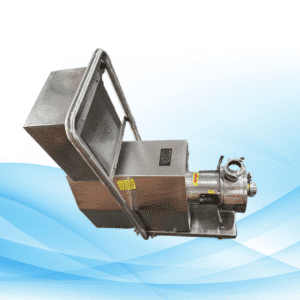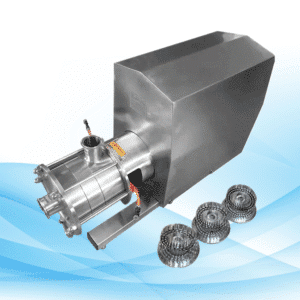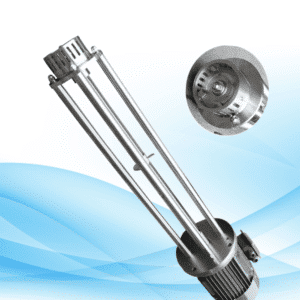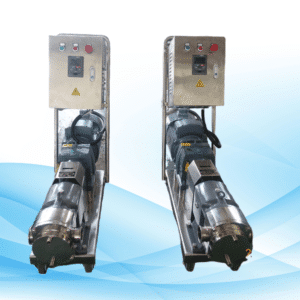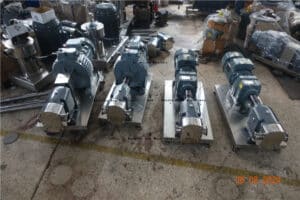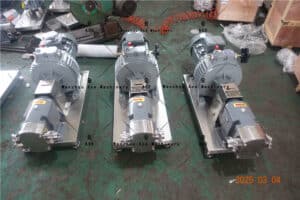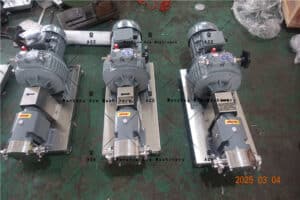Fluid Transfer Pumps, Overview
Fluid transfer pumps fill an essential function across industries from farming to automobile. It goes without saying that with every operation involving fluid transfer, there should be an appropriate pump to avoid loss of time and safety. The right pump for the right type of work for any intended application avoids wasteful costs and increases productivity. It does not matter which liquid you are working with, be it water or oil or even chemicals; knowing what you need goes a long way in decision-making. Apart from fitting your requirements operationally, the pump also guarantees durability and efficiency.
Analysis of Fluid Transfer Pumps
What is a Fluid Transfer Pump?
A fluid transfer pump refers to the device that is used to move a liquid from one place to another. This device for example is used to help in the transportation of plain water, oil, chemical substances and other such liquids. The most basic function of the pump is to create a pressure differential that helps in moving the fluid through piping or hoses. This method simplifies the effort and orders the direction in which liquids need to be moved.
Fluid transfer pumps have a wide area of usage. For instance, in farming, you use it for irrigation and spraying of fertilizers. In most parts of the automotive industry, you will find it in fuel transfer and engine service equipment. You also come across these pumps in chemical manufacturing, in which they are used for moving dangerous chemicals. These pumps are very important and are found in any activity that involves the movement of liquid.
Types of Fluid Transfer Pumps
It is important to know the types of fluid transfer pumps available to make informed decisions during purchase. Each type has its own specific features and advantages.
Centrifugal Pumps
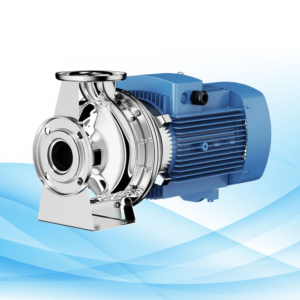
Centrifugal pumps are those that employ a rotating impeller to affect the movement of a given fluid. They are most convenient where it is required to quickly move huge amounts of liquid. Lots of centrifugal action item work with thin fluids such as water. These pumps are normal features within water supply systems and water cooling devices.
Positive Displacement Pumps
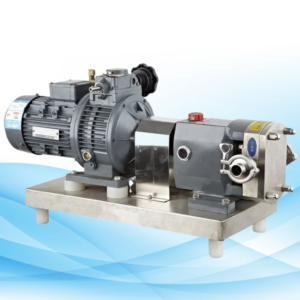
Positive displacement pumps move some fluid by trapping a fixed shape of fluid and discharging it from the fluid exhaust port of the pump. Quite often you would find a good use for them in thick fluids such as oils and syrups. They deliver constant flow instead of constant pressure head, despite the changes in back pressure. Such pumps find usage in areas where there is a need to accurately control the flow of liquids post pressure normalization.
Diaphragm Pumps
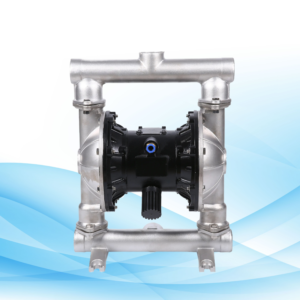
The diaphragm pump is one pump that has a flexible diaphragm that constitutes the working part of the pump and is used to transfer fluid. You enjoy the advantages such as initiation to abrasive or corrosive fluids. They can resist aggressive chemicals, thus common in the manufacture of maternity products and wastewater management techniques. They are very effective in extreme conditions.
Peristaltic Pumps
A peristaltic pump is one in which the motion of the rotating roller is used to compress a flexible tube, which, in turn, forces a fluid through the tube. Usually, they are helpful when dealing with delicate fluids or those that are shear sensitive. This avoids contamination because the fluid can only be in contact with the tubing. Medical and laboratory-related applications make use of these pumps.
Identifying Your Needs
Application Requirements
Type of fluid being transferred
The first question that you should answer is without which fluid do you plan to work. Fluids are often of different characteristics and so influence selection of the pump in question. For instance, a water pump will not be suitable for pumping oil and chemicals. Do not forget about the viscosity of the fluid. Syrupy solutions have high viscosities, which mean that systems to be used in pumping such fluids should be able of pumping sticky fluids. Is it also corrosive or abrasive? Such information allows one to select an appropriate pump for different materials.
Volume and flow rate considerations
Further, define the amount of fluid to be moved and the amount of time that is convenient for the moving, also referred to as the flow rate. The total amount of fluid that can be transferred is referred to as the flow rate. Typically, it is always worth calculating the total volume including any peaks if the pump you utilise has such requirements. Certain applications will require rapid movement of the fluid, thus a pump with higher flow rates is more appropriate to use in such instances. Nevertheless, it is possible to use a pump which has a constant flow rate in applications where high precision is required. It is important to understand these factors to ensure that you choose a pump which is suitable for your operations.
Environmental and Operational Factors
Temperature and pressure conditions
There are environmental conditions that have to be considered for effective pump use. Of such are temperature and pressure. In the pumping process, dangerous high temperatures may lead to the need for special seals or cooling systems. Likewise, high-temperature and pressure situations may require several pumps designed especially for the atmospheric condition. Define the operational temperature and pressure in order that the pump is operated without risk and achieves high operational efficiency.
Chemical compatibility
This speaks volume on its importance when choosing a fluid transfer pump. One well-known fact is that it is important that the materials used in the pump can handle the chemical properties of the fluid. The use of the wrong materials may cause pump breakdown. Make sure to include a chemical resistance specification in the pumps because this step provides services without an expensive maintenance cost. This is necessary since it eliminates having to incur losses due to undesirable situations. This protects the pump and the operations as a whole.
Evaluating Pump Options
Features for Selecting With Pump
Efficiency and energy costs
In the process of selecting a fluid transfer pump for use, efficiency should come first. Having an efficient pump translates to lower energy costs, thus lower operation cost. Always choose pumps with high efficiency star ratings. These kinds of pumps are low power consuming and perform excellently. Consider the ratio of fluid delivered to energy consumed by the pump. In an ideal pump, a greater amount of fluid is dispersed for each unit energy consumed. So, selecting an energy-efficient pump is not only a cost-saving strategy but also saves the planet.
Maintenance and durability
Maintenance and durability are also other considerations to look at with regard to the pump selection. You want a pump that requires the minimal amount of attention. Moreover, since there are fewer moving components, the pumps are easier to service. See the recommendations of the manufacturer on the different maintenance schedules. Compliant and robust pumps endure abrasive conditions and therefore are not easily destroyed due to wear and tear. Purchase pumps that are constructed with the right materials. Such pumps can withstand the distracting forces of nature and can keep functioning. By making use of a durable pump, there is a reduction in maintenance expenditures and time taken to and for repairs.
Brand and Product Recommendations
Market-Leading Brands
When it comes to fluid transfer pumps, there are distinguishing factors when Graco, GPI, and Fill-Rite stand out within the mass market. These companies are recognized for their pumps being well-made and dependable. You will find these brands making a range of pumps for different uses. They have products that are reliable and will suit your purposes. Try these brands to get the appropriate pump for your needs. Most of the time, the leading brands will have very good customer support staff and warranties. This support makes sure that you have gotten the maximum substance value for your money.
Recommended models for specific applications
Depending on the intended application, the right model selection may vary. For water transfer purposes, the Graco Husky 1050 is a superb model to go for. It is efficient in energy as well as durable in service. For pumping oil, the best bet would be the GPI M-150S. It can easily pump very viscous fluids. In chemical applications, the Fill-Rite FR4204G stands out with regard to its chemical resistance and is therefore suited for these applications. These ranges of models are very efficient, especially given their performance and reliability history. Using the yes model means appropriate and efficient relocation of hazardous materials.
Conclusion
Choosing a particular fluid transfer pump is predicated upon a few important factors:
- Understanding Your Requirements: Determine the type of fluid that you want to move, its volume as well as its flow rate and velocity.
- Consider the Environmental Aspects: Assess the temperature, pressures, and fluids that are being transferred.
- Feature Comparison: Check on the performance of the pump in terms of effectiveness, power use, servicing, and longevity.
You ought to consider all these factors thoughtfully before making any decision. Choosing the ideal pump that fits within certain parameters offers effortless and safe functioning. Through this, you increase your productivity and safeguard your interest.

